When we think about the garden and its decoration, the first thing that comes to our mind is the use of flowers and decorative plants. But instead of flowers and decorative plants in the garden, food crops of different colors can be grown as alternative crops. Thus, planning and creating the
When we think about the garden and its decoration, the first thing that comes to our mind is the use of flowers and decorative plants. But instead of flowers and decorative plants in the garden, food crops of different colors can be grown as alternative crops. Thus, planning and creating the garden using the food crops that we consume on a daily basis is called “garden landscaping with food crops”.
Different groups of crops can be used in landscape gardens with food crops. Semi-annual, annual and perennial crops can be used for that.
Eg:- Vegetables, fruits, herbs, leafy plants, etc.

When planning and creating a garden using food crops, combine traditional cultivation methods with modern technical cultivation methods and garden landscaping techniques.
Create a garden using edible food crops to suit the family’s tastes while adding aesthetic and creative ideas.
#Designing Garden Landscaping with Food Crops.

• When planning to maintain your garden beautifully and effectively using landscaping techniques, follow the steps below.
First step
Carefully observe and gather information about the garden’s surroundings.
• When landscaping a garden with food crops, it is essential to first observe the surroundings of the garden.
This makes garden planning much easier as you get a basic idea of the garden’s existing resources as well as its potential.
• And with this, you can decorate the garden with less cost and less effort and successfully complete your final goal.
• In this observation, it is important to observe the garden from different angles (eye level and ground level).
Second step
Identifying the soil factors affecting the cultivation of garden crops.
• When planning the garden, one should pay attention to the features of the garden, the way the water drains, the nature of the soil, the direction of the wind blowing to the garden, the direction of the sun rising and setting, the places where the water stays in the garden, the places where there are rocks and the nature of the soil.
• When considering the topography of the garden, attention should also be paid to the location, height and nature of the land.
Examples:
1. Is it wasteland?
2. Is it cultivated land?
3. Is it an abandoned lot?
4. Is it the sloping ground?
• Also, observe how the water drains in the garden.
• Also get an understanding of soil nature, soil depth, soil texture, soil acidity and alkalinity depending on the location of the garden.
• As well as monitor the water holding capacity of the soil.
Third step
Determine the landscaping techniques (theories) used to design the garden.
• There are two basic methods of landscaping.
1. Formal landscaping
2. Phased landscaping
Among these methods, the most commonly used method for backyard landscaping is the informal landscaping theory.
When planning the garden, if water is scarce at certain times of the year, different water conservation methods should be considered. As well as, since the garden landscaping is done with food crops as the basis, the garden plan should be prepared in a way that suits the location of the house and its nature.
Easy ways to plan:
1. Drawing the plan according to the scale of the garden.
2. Take photos of the garden and take the photocopy on paper and draw the plan.
3. Drawing the plan of the garden, with reference to scale.

When making plans, attention should be paid to suitable crops and beds with suitable shapes for the garden.
When selecting crops,
• Interest of the family
• Amount of food received as per requirement
• Costs to be incurred
• The time that can be spent on this
• Pest resistance of the crop
• Positional compatibility
• Colors
Be careful about things like…
Different designs that can be done in the garden using food crops:
1. Use of thorny crops as barriers or hedgerows
2. Creation of crop houses
3. Preparation of vine crop arches
4. Creation of architectural gardens
5. Creation of cultivation ponds for water retention areas
By adding these designs to your garden, beautify the garden while growing food crops and add non-toxic food to your consumption.

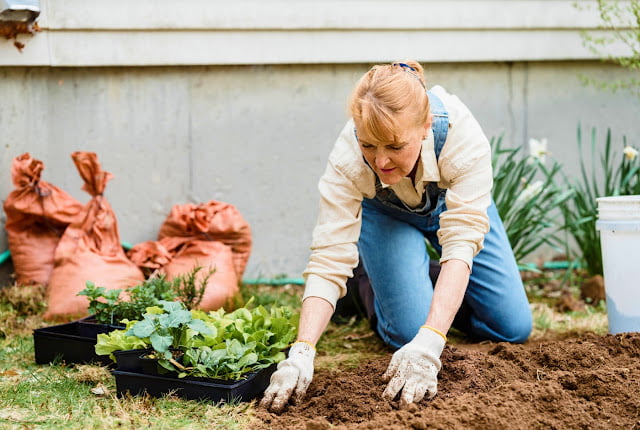


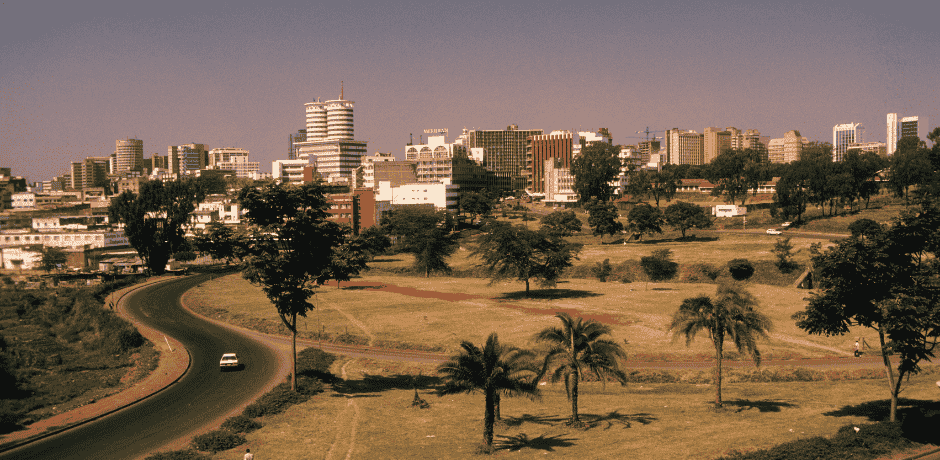
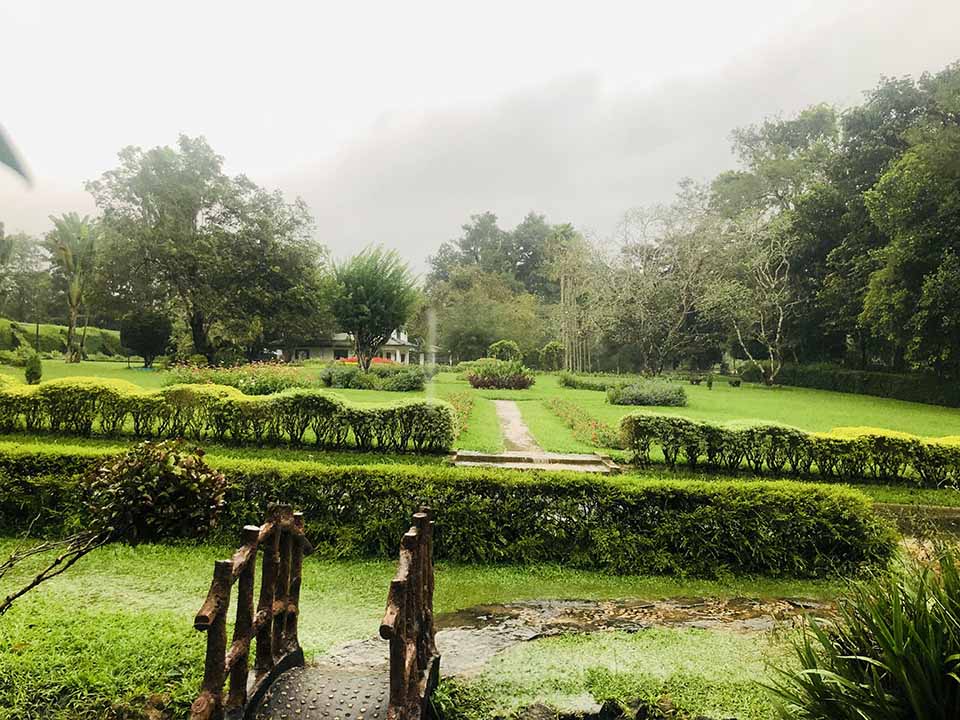

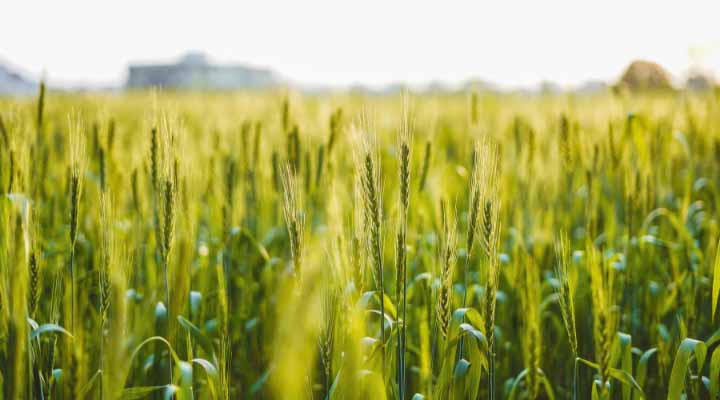
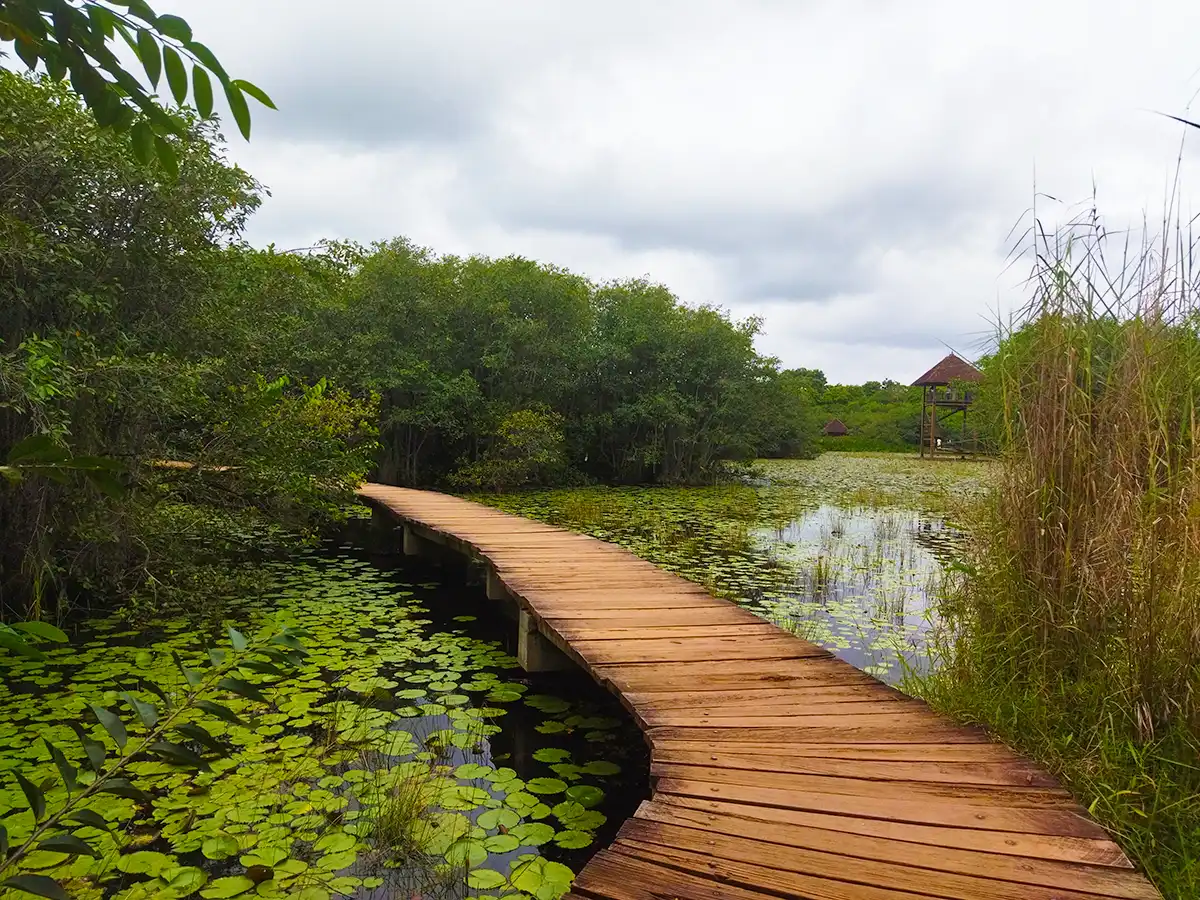





Leave a Comment
Your email address will not be published. Required fields are marked with *